Surfing with Satoshi. Art Blockchain and NFTs by Domenico Quaranta has captured the the NFT market’s hype during its take off. The book framed this chapter of the digital market in a historical perspective, It deepened the developments of the technologies it is based on, the role of certificates and contracts in contemporary art, and media art market events over the last thirty years. The book – first published in Italian by Postmedia Books in 2021, is now available in English, jointly published by Postmedia Books (Milan) and Aksioma (Ljubljana), enriched with a new introduction which updates these themes. Surfing with Satoshi outlines significant facts and critical reflections on a phenomenon that has moved from several years of technological development, to enter a new phase of hype and speculation. If the bubble explodes, is more probable that the technology will remain, exactly like what happened with the internet, from its early days until today. We talk about all these issues with the author.
Elena Giulia Rossi: Net art has found a suitable dimension in the utopia offered by the web’s democratic potential as a space of free sharing and access. Above all, net art has acted as a counter-cultural movement to the art system. Today, terms such as net art and digital art are wrongly associated with financial transactions linked to blockchains and the new blockchain certification system NFT. What do you think about this association?
Domenico Quaranta: I agree with the use of the adverb “wrongly” in your question, but would like to clarify something. As it’s often the case, the mistake lies, above all, in making generalisations at various levels. Blockchains, distributed networking, cryptocurrencies and Non-Fungible Tokens (NFTs) have, for some years now, been a significant part of the Internet’s infrastructure, just as crypto-investors, crypto-enthusiasts and miners are a significant part of its social infrastructure. It is only natural that they become working material for art and have been so since the birth of Bitcoin in 2008 – 2009. As I recount in Surfing with Satoshi, over the last fifteen years numerous artists have investigated – often critically – blockchains, cryptocurrencies and the ideologies that nurture them using different languages, approaches and projects, ranging from Rhea Myers’ on-chain works to Simon Denny’s installations, from the art currencies by Sara Meyohas, Jonas Lund and Carlo Zanni, to the projects by Kevin Abosch and Primavera De Filippi. The very title of the book is borrowed from a 2013 turbofilm by the Italian collective Alterazioni Video, which explored and expanded the myth of Satoshi, the inventor of Bitcoin, surfing the first cryptocurrency boom. After all, it was precisely in the art world that the first experiments in artificially constructing digital scarcity by pegging a work of art to a cryptographic token were made, paving the way for the NFT boom.
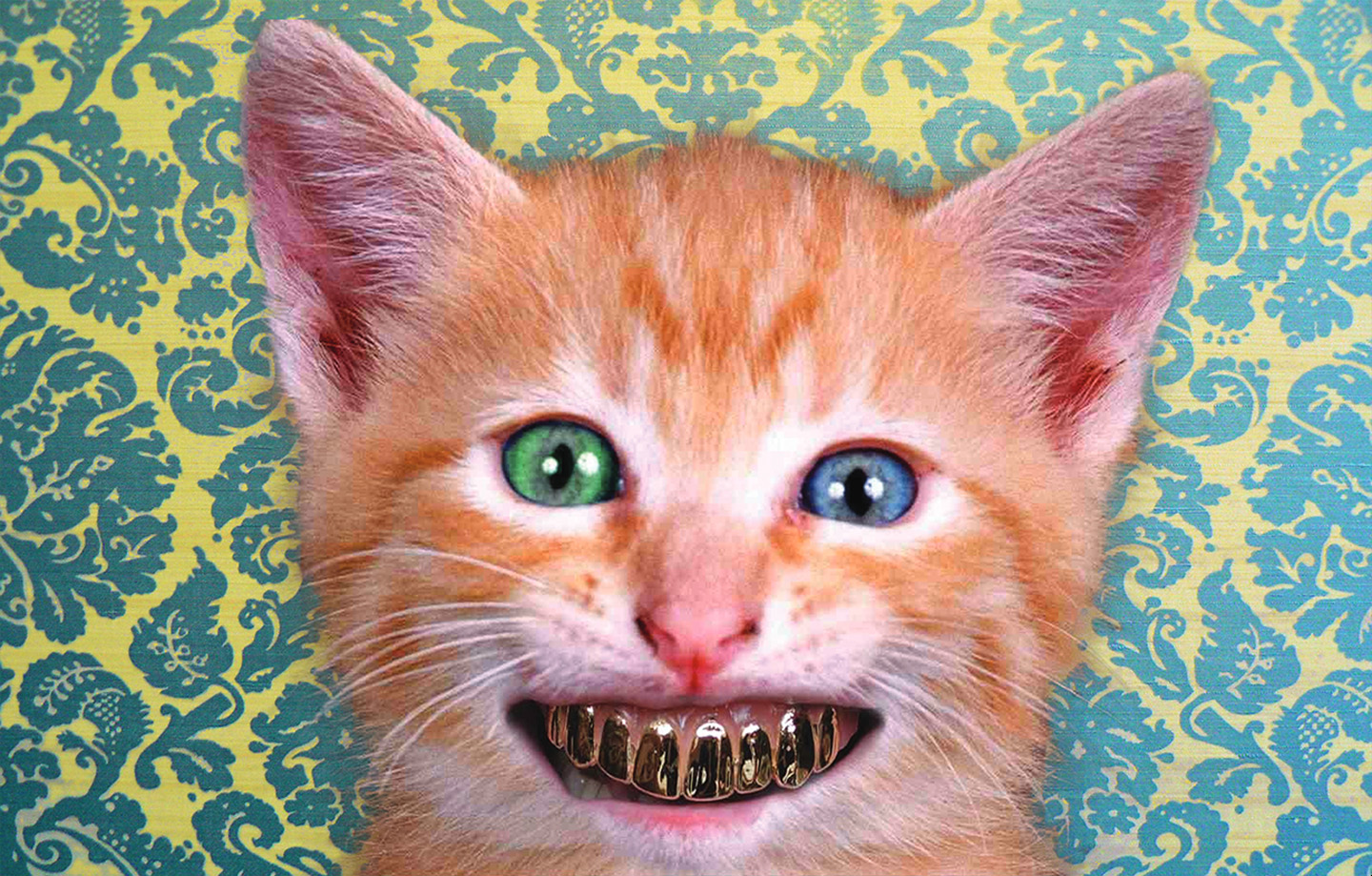
In short, it is absolutely legitimate to think that one can make digital art, net art or simply art with and on the blockchain. The problem with all types of hype, however, is that they are able to re-signify and trivialise terms with a long history outside mainstream culture. For this reason, one year of loud noise and ostentatious news was enough to erase decades of tradition in our shared imagination, and to reduce the linguistic and cultural complexity of so-called ‘digital art’ to a series of trivial images, often animated and usually ugly, on the depressing interface of an NFT marketplace. This kind of generalisation must be addressed by anyone who has been lucky enough and had the pleasure of dealing with art and digital media for more than five minutes.
Apart from this, it should also be noted that, beyond differences in opinion on what art is and what it is not, many NFT projects are not art simply because art has been, since the origin of the Non-Fungible Token, only one of the many “digital assets” that can benefit from certification sanctioning its uniqueness and ownership. The fact that artworks coexist, on generalist platforms such as OpenSea, with pieces of the ‘virtual estate’, skins for avatars and other gaming objects and gadgets, sets of profile images, sports memorabilia, etc., doesn’t make these latest items art, just as being auctioned at Christie’s doesn’t necessarily make the shirt worn by Maradona, luxury items or knick-knacks collected by some pop star into art.
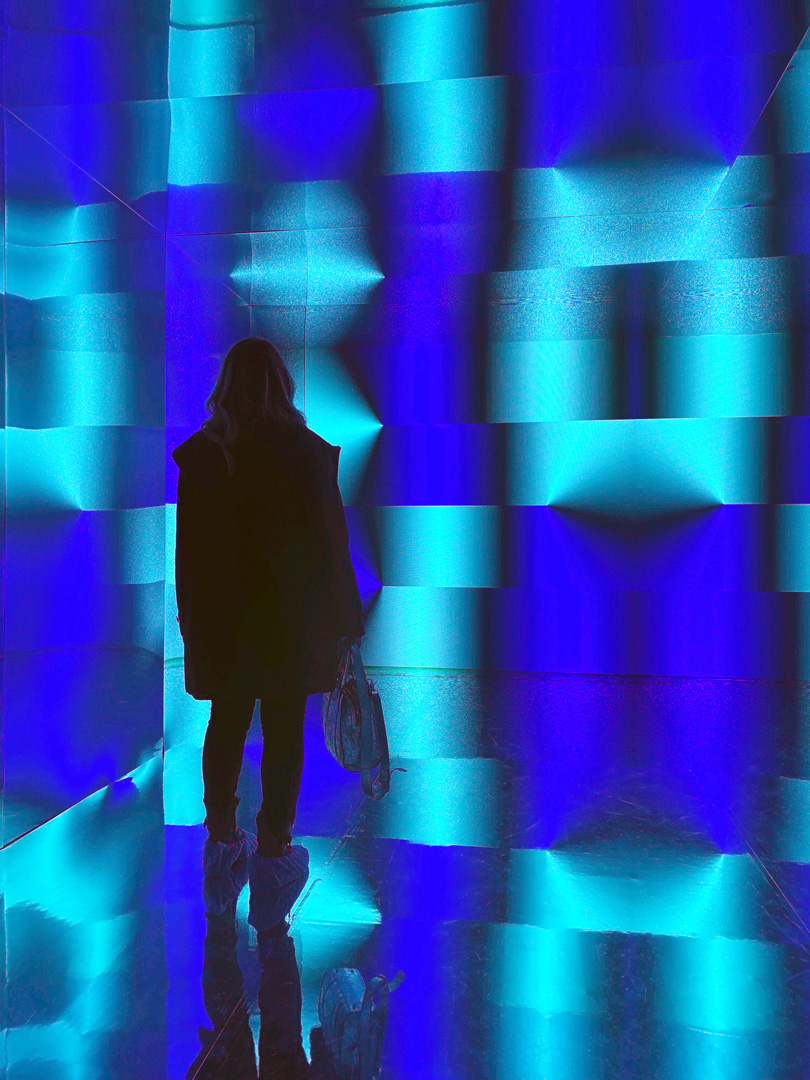 In your opinion, which are the most active and interesting counterculture hubs at the moment in relation to this ‘crypto bubble’?
In your opinion, which are the most active and interesting counterculture hubs at the moment in relation to this ‘crypto bubble’?
This is a very interesting question. In order to respond appropriately, we must not forget that this ‘crypto bubble’ has emerged on a cultural basis that claims, rightly or wrongly, to be a counter-culture, in which conservative and progressive occurrences, the law of the strongest and the defence of civil rights such as privacy and data ownership, anarcho-capitalism to the nth degree and the rejection of any centralised institution, whether the state, banks or big tech, are combined. Some prominent hacker activists have been attracted to the development of the crypto world and contributed significantly to it. Others abhor it, arguing that any contribution to this space, even a critical one, contributes to the economy of crypto investors. It’s a very divisive subject that sometimes puts people and artists who are very close, who have been part of the same scene for years, at odds with each other.
Personally, I find myself fully agreeing with the position taken by the Greek economist Yanis Varoufakis. In an excellent interview with Evgeny Morozov, Varoufakis argues that the real revolutionary potential of cryptocurrencies and blockchains can only be realised in a radically transformed and ‘emancipated’ socio-political situation. In the current phase of capitalism, these technologies can only heighten the ongoing dynamics and inequalities of the status quo. This might sound like a nihilistic stance, compared to the easy promises of crypto-enthusiasts, but it is not. It teaches us that we need to work on maintaining this radical and imaginative potential, while at the same time trying to change the world with other tools. This is where I see a potential for art, which naturally tends to explore imaginary universes and build systems of meaning. That’s why I’m attracted to those blockchain-based projects that don’t just use this technology to sell JPGs to a new generation of collector-investors, but also investigate its potential and limitations, uncover and demystify its hidden biases, and keep its most radical demands alive. I’m compiling some of these works into an online exhibition, which I have entitled The Byzantine Generals Problem, a reference to the game theory problem illustrating the difficulty of reaching consensus in a decentralised system. Today our society is also experiencing a problem of consensus regarding blockchain, and it is important that this is the case, because the more lively the criticism, the further away the consensus is and the more likely it is that consensus will be reached when technology is truly able to develop its transformative potential.
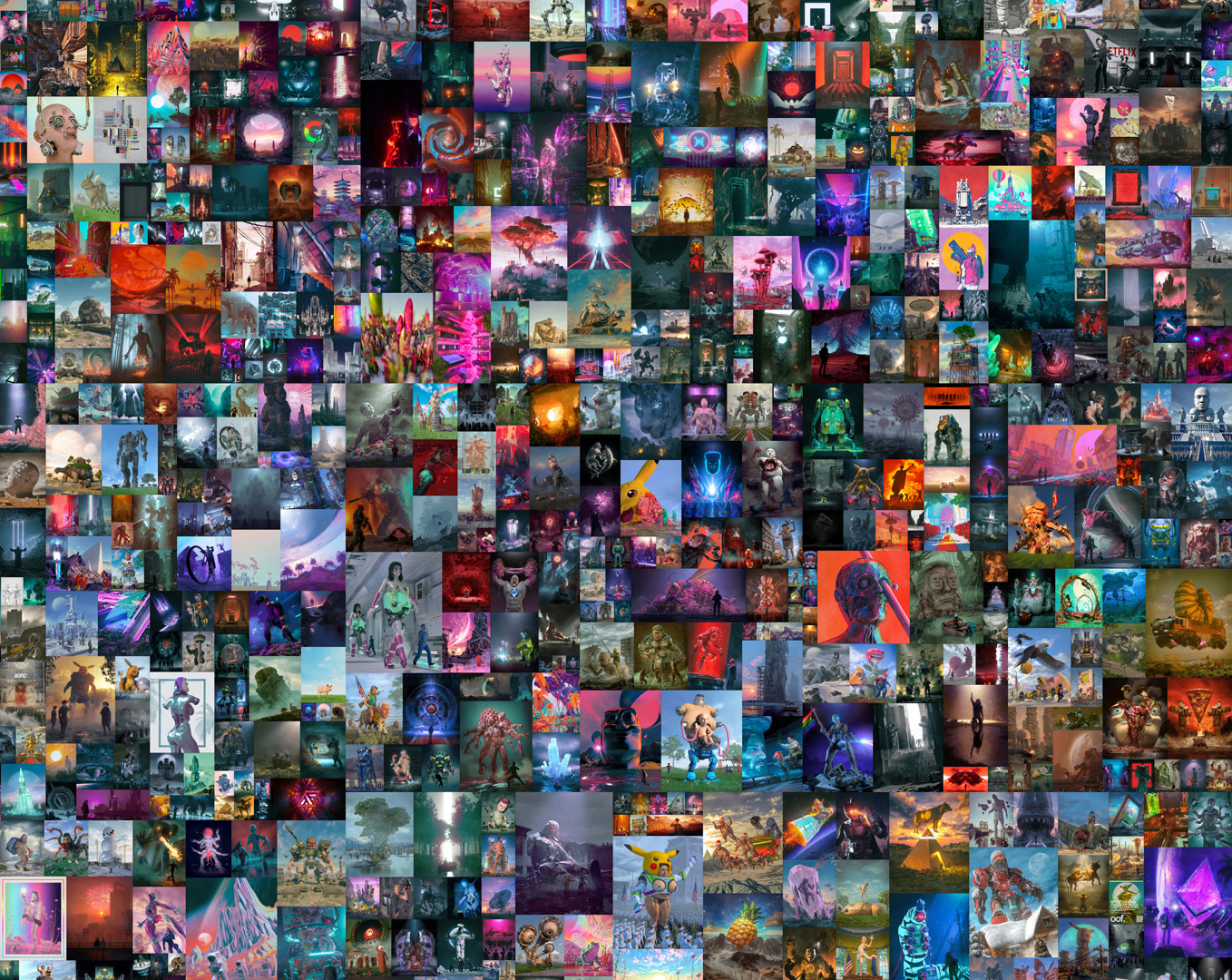
Your book clearly explains the link (and non-link) between NFTs and digital art history. Even though these topics must be constantly updated, you have nevertheless laid a foundation that will always be valid for reconstructing history from the beginning and in continuity with the past. What other sources might be important for those who want to build a critical view on this chapter of history and, with this opportunity, inform themselves about net art and new media art?
Thank you for your analysis. Re-reading the book a year later, for the English translation, I was also amazed at its ability to withstand the passing of time, despite the events, some of them shocking, that have occurred since it was first published. I think this results from the book’s willingness to understand, and make people understand, the roots of the phenomenon and on the fact that it focuses on the issues, rather than the news. This desire to offer an accessible introduction to the relationship between art and blockchain is also reflected in the bibliography, which offers a first response to your question. Among the available resources I would like to mention here, there is the essential Artists Re:Thinking the Blockchain, edited in 2017 by Furtherfield; the Moneylab publications and conference recordings, launched by the Institute of Network Cultures; and early essays by the critic and theorist Martin Zeilinger, which I read after writing Surfing with Satoshi but which anticipate many of the issues dealt within the book. For those who prefer video essays, a funny, lucid introduction to the NFT phenomenon was also offered by American artist Brad Troemel in the form of a video lecture, with his The NFT Report.
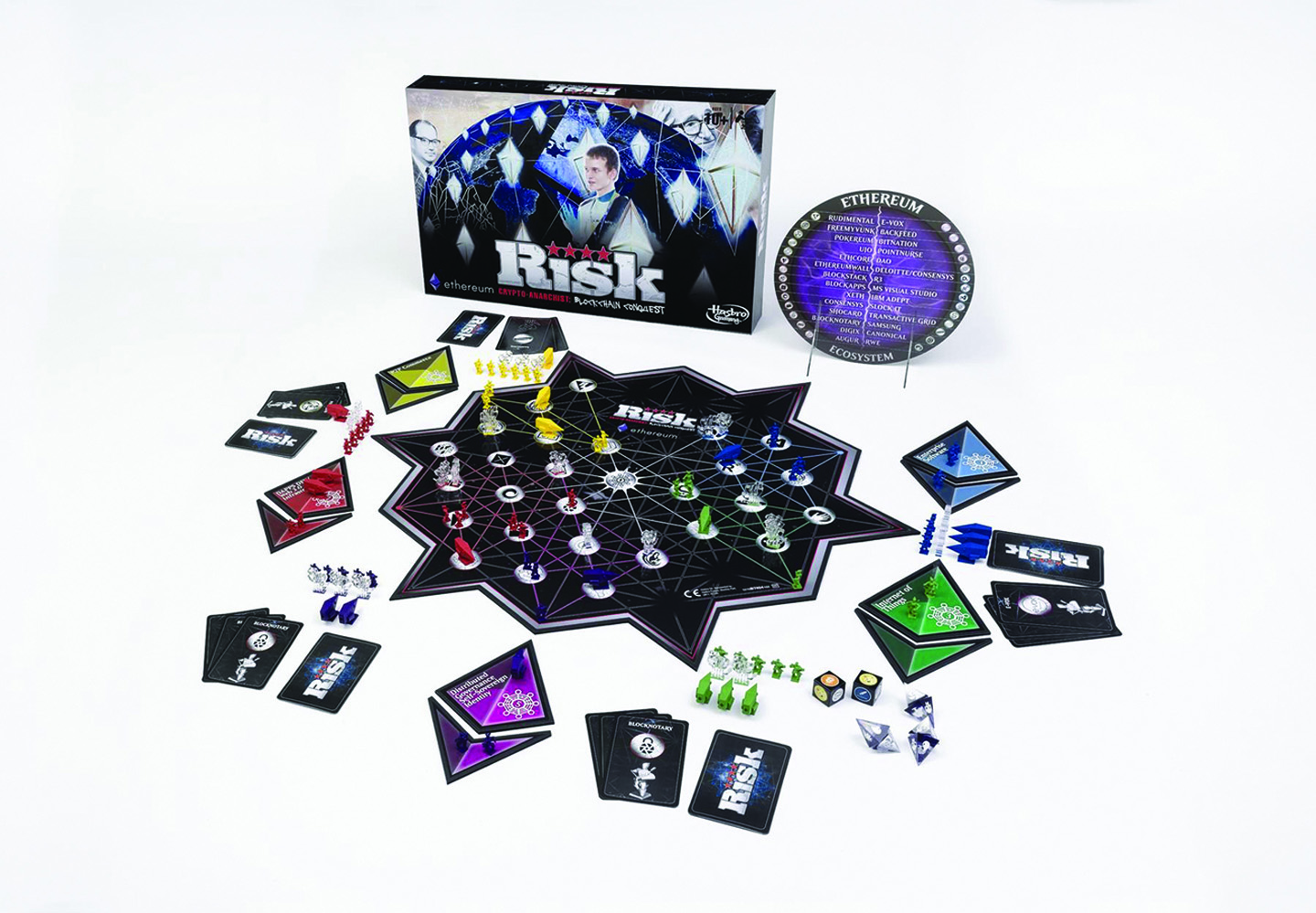
You have also been very involved in multimedia art conservation. Returning to NFTs, what other aspects, if any, should be taken into account as regards conservation?
The question on conservation allows us to explore in more detail the statement made above on the promise vs reality gap. The theme of durability constantly resurfaces in the celebratory discourse on NFTs, together with the related issues of access and decentralisation. An NFT is often described as a cryptographic token ‘permanently’ registered on a blockchain, which cannot be violated due to the combination of cryptography and decentralisation that also ensures the security of cryptocurrencies. This alleged ‘eternity’ is true in theory, but is pure rhetoric when talking about a technology that has not even come of age. Several blockchain projects have already died, dragging their NFTs with them, or forcing them into difficult migratory operations. Bitcoin and Ethereum seem solid, but when it comes to eternity, I’d rather bet on the pyramids of Giza than the double pyramid of Ethereum’s logo. Moreover, this talk of durability only concerns what resides on the blockchain, namely the NFTs and the smart contracts that govern their behaviour. In most cases, what we improperly call an ‘NFT’ is media (an image, a video clip, a sound, a text, a 3D model) uploaded through a platform or marketplace. The oldest of these platforms are seven years old and their survival depends on the economic viability of the start-up that launched them. Having uploaded the file to the platform I can “mint” an NFT, a code registered on the blockchain that contains a hash (a unique hexadecimal string) identifying a metadata file that, in turn, contains our artefact’s hash. The platform can upload metadata files and operates on a distributed network, such as IPFS, on a centralised server or on a cloud-based system. While the durability of the latter is still linked to that of the company maintaining it, the durability of the IPFS (InterPlanetary File System, which is based on peer-to-peer technology) depends on the voluntary efforts of the network nodes. These are only a few elements, but they show how fragile the supposed eternity of NFTs is. The so-called Web3 is a fascinating and complex architecture, but it is supported by countless hangers-on and based on the much-maligned Web 2.0 more than it is willing to admit. The more value we put into the blockchain, the more we have to prepare ourselves for countless storage problems, which could also depend on very simple issues, such as the loss of the access keys to one’s wallet.
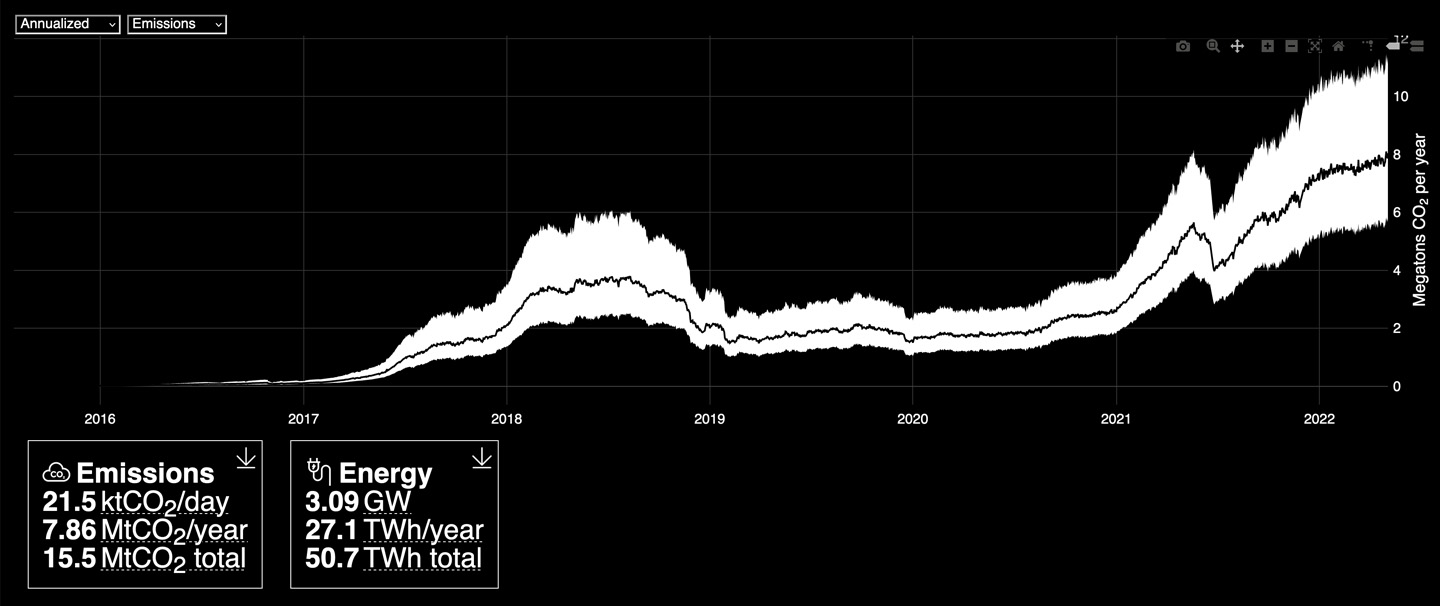
The environmental impact of blockchains has been debated for several years now. Although there are now a number of green blockchains, do you think the climate impact issue can be solved? Which artists do you think are working best in regard to this?
The environmental impact of blockchains, and of the Internet in general, is a hyperobject that is very easy to mention, but extremely difficult to grasp. To do this, we often try to use means of comparison or metaphors which are easy to understand, for example saying that Bitcoin and Ethereum together consume more terawatt hours per year than Italy, or that a single Ethereum transaction – such as the minting of an NFT – has the same carbon footprint as 200,000 Visa transactions. According to a project by American artist Kyle McDonald, Ethereum alone emits 21,000 tonnes of CO2 per day and consumes 26.4 terawatt hours per year. According to estimates by the Ethereum Foundation, the move to a Proof-of-Stake system, which is more sustainable than the current Proof-of-Work, would reduce Ethereum’s energy consumption by 99.95 %. Spanish artist Joana Moll, who has always been interested in the environmental impact of the Internet, has recently launched a project, Carbolitics, which estimates the amount of carbon generated by the main online companies through their cookies, a fundamental tool in the economy of Web 2.0. According to her estimates, Google cookies are responsible for 1,600 tonnes of CO2 per month. The disproportion is abysmal, but what does trying to interpret it really mean? Are we really saying Google is a ‘green’ company? If and when Ethereum completes the promised transition to Proof-of-Stake, we will move from the scale of the unthinkable to the scale of the conceivable, but we will certainly not have solved the problem of the environmental impact of the digital economy. What will remain on the scale of the inconceivable is the hypocrisy of those who, having accumulated wealth and continuing to do so with their investments in Ethereum and Bitcoin, pour it into some supposedly sustainable project. Good old greenwashing.
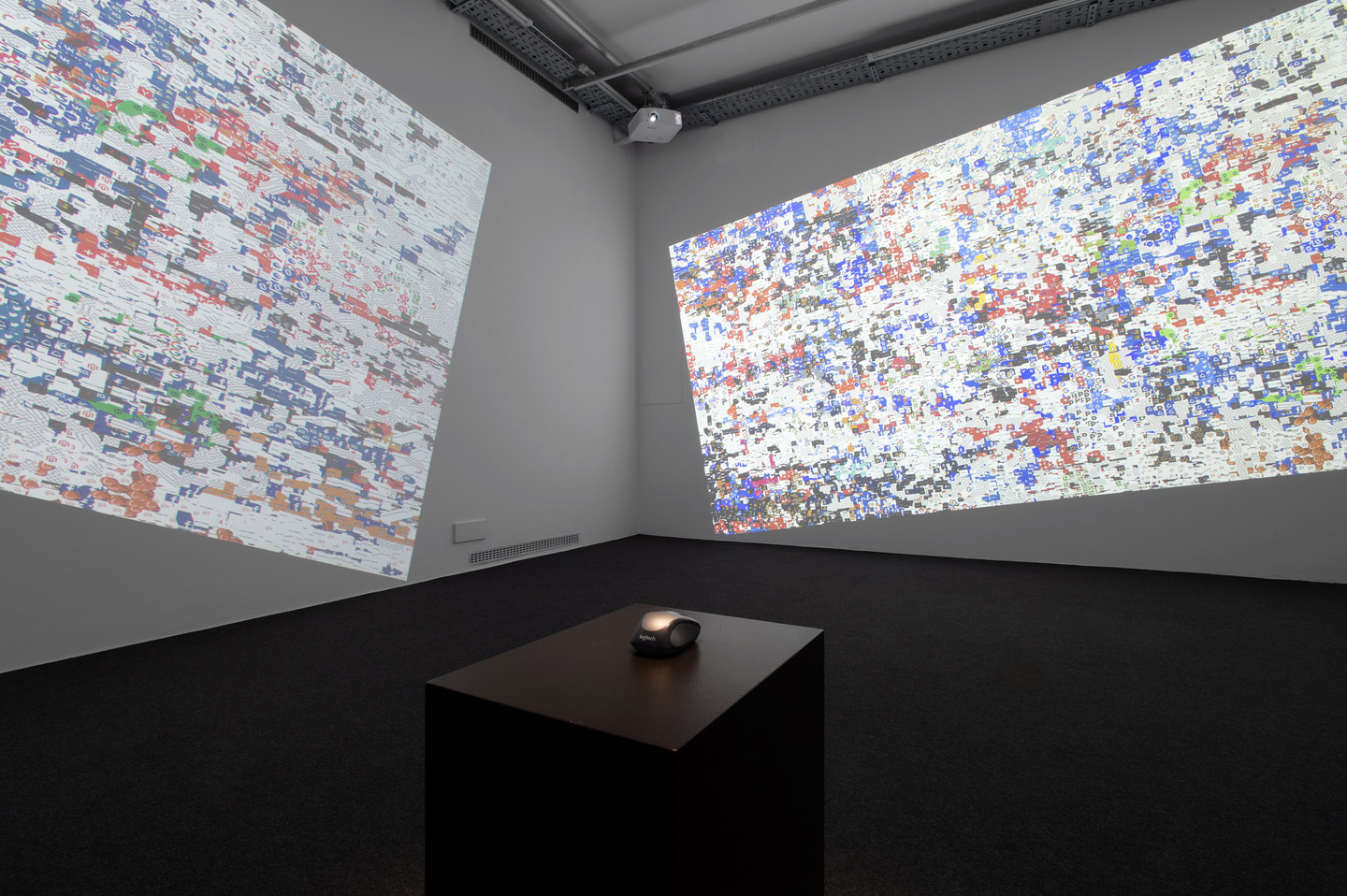
The IT economy bubble burst some time ago. The Internet has accompanied us, contaminating every aspect of our lives. If and when this NFT bubble bursts, what direction do you imagine the blockchain will take both in our lives and in art? What perspectives are you afraid of and what do you hope for?
The need to correct and enrich the simplified, optimistic version of the story we are fed by crypto-enthusiasts should not make us overlook the positive things we have seen happen in recent months or years. Neither should we forget that, however sceptical we may be of the current Web3 version – this strange combination of blockchain, metaverse and decentralised networks – there is a widespread feeling of dissatisfaction and unease at what the Internet has become in the age of social media and the crypto scene has had the merit of trying to suggest and build an alternative. This is not bad at all in a context where the contemporary big tech panopticon had become something like Mark Fisher’s capitalism – something which there is no alternative to and which occupies the entire horizon of the thinkable.
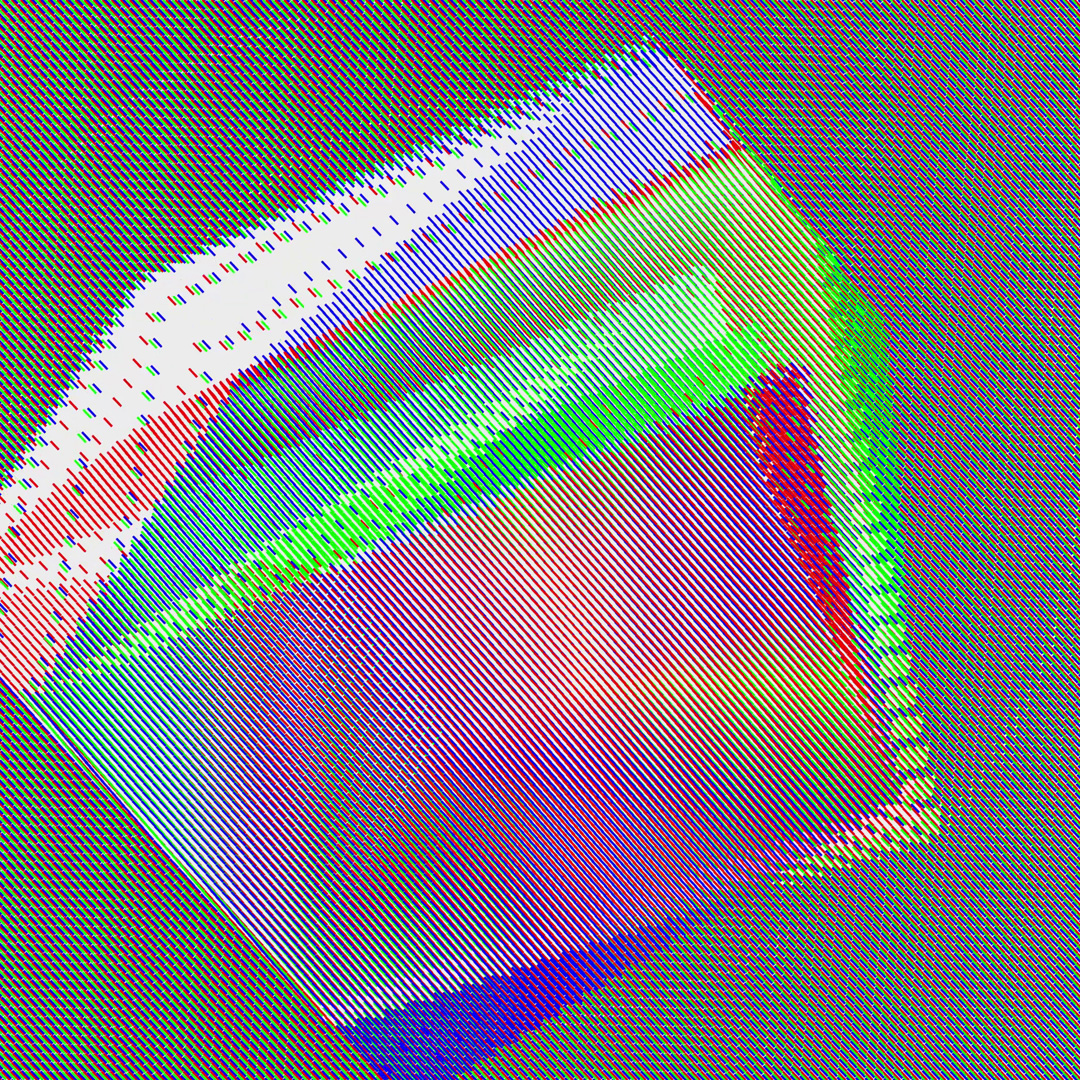
DAOs (Decentralised Autonomous Organisations, smart contracts that implement and regulate the functioning of an organisation) offer interesting potential in terms of governance, and have been used to quickly and effectively coordinate actions to support foundations, non-profit organisations and donations to the Ukrainian population. In the field of art, while the rhetoric of WAGMI (“We’re all gonna make it”) is as insubstantial as the promises of art market disintermediation, it is true that NFTs have sustained the economy of many who had found sustainability through the traditional art market difficult and, in some cases, even helped them to flourish. Certain platforms and certain sales solutions favouring large editions or low-priced “unique multiples” have fostered the emergence of new, young, passionate collectors who didn’t find the art world very attractive. And if digital art is talked about so much in ways that are unhelpful, it is nevertheless indisputable that it has gained a level of attention that has few precedents in its history. Generative art may be a fad fuelled by speculative interests, but it is leading many people to focus on and be passionate about the history and pioneers of computational art – from Vera Molnar to Casey Reas – attention and love that they had rarely received before. In the long term, some of these things may not survive an NFT market crisis or a persistent cryptocurrency crash. The dynamism of this scene, leading, for example, a platform that did not yet exist in October 2021 to buy a space giving it visibility in front of the entrance to the Venice Arsenal in April 2022, feeds on speculation and the benefits of hype but, if it concentrates on quality, it might be able to build stability and durability.
Domenico Quaranta, Surfing con Satoshi. Arte, blockchain e NFT, Postmedia Books, Milan 2021
The English translation of the book, Surfing with Satoshi. Art, Blockchain and NFTs is available from May 2022 in two versions: a limited edition of 300 designed by Superness, edited and distributed by Aksioma, Ljubljana; and an upcoming Postmedia Books edition, internationally distributed through Amazon.
images: (cover 1) Domenico Quaranta, «Surfing with Satoshi. Art, Blockchain and NFTs», Aksioma, Ljubljana 2022. Design by Superness, courtesy Aksioma (2) Alterazioni Video, an image from the storyboard of «Surfing with Satoshi», 2013. Courtesy of the artist (3) Rafael Rozendaal, «Observation», 2022. Navy Officer’s Club, Venice Meeting Point. Photo courtesy Domenico Quaranta (4) Beeple, «Everydays: The First 5000 Days», 2021. Digital image, 21.069 x 21.069 px (detail) (5) Simon Denny, «Blockchain Risk Board Game Prototype: Crypto/Anarchist Ethereum Edition», 2016. Folded board: plywood, canvas, foil; Boardgame box: plywood, foil; Figures, cards and dice: Spray paint on 3D printed figures, coins, plexiglas, digital print on cardboard, Game rules: UV print on Alu-Dibond, plexiglas. Courtesy of the artist and Petzel Gallery, New York. (6) Kyle McDonald, «Ethereum Emissions: A Bottom-up Estimate», 2021. Website, screenshot, courtesy of the artist (7) Joana Moll, «Carbolitics», 2022. Installation view, Aksioma Project Space, 16 February – 11 March 2022. Photo: Domen Pal / Aksioma (8) Casey Reas, There’s No Distance 2.1, 2021. Video (color, silent), 2160 × 2160 pixels, 30fps, 2 min, loop. Ed. 1/1. Courtesy Sotheby’s and the artist










































